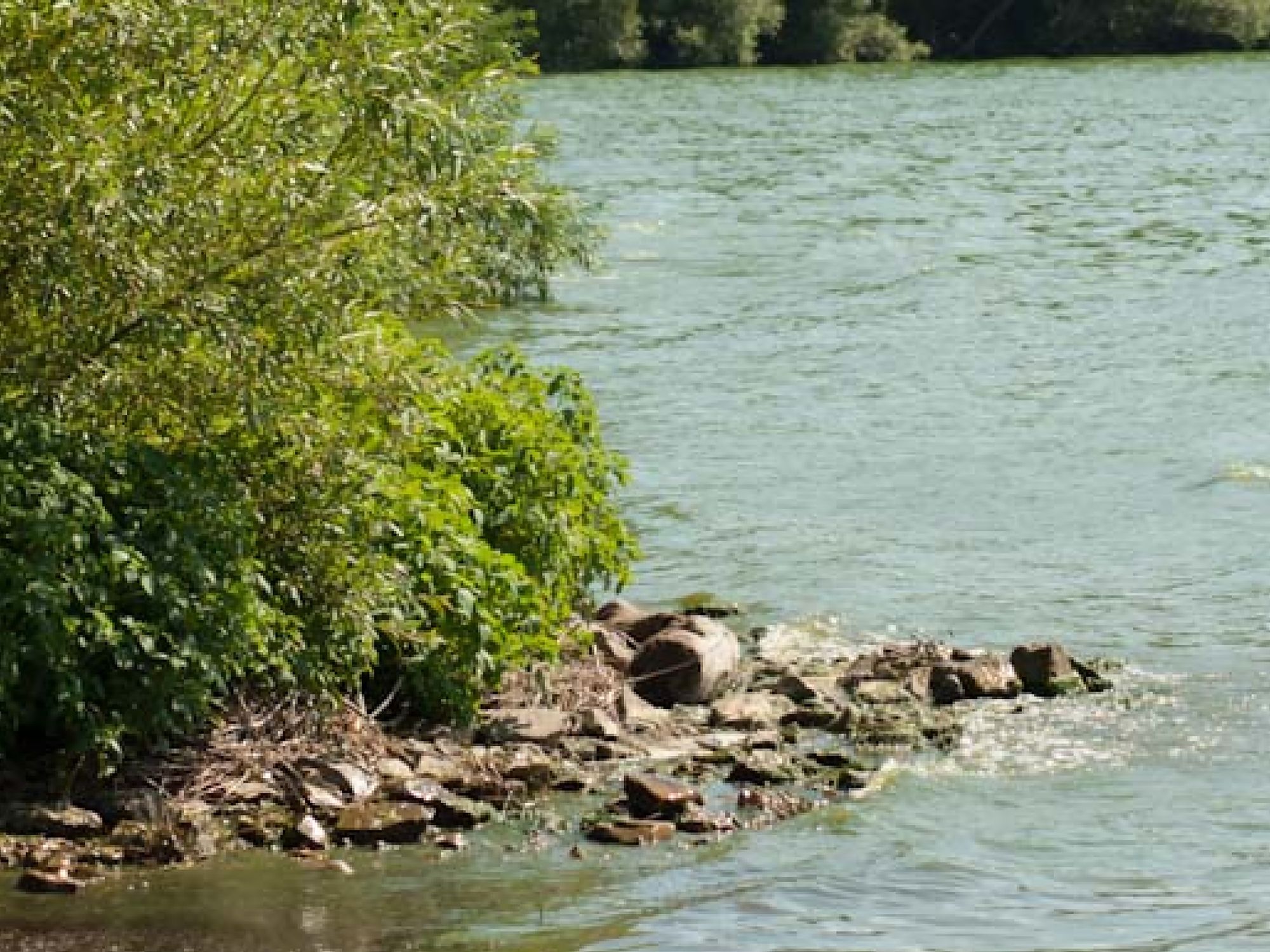Clean Water Act

- The Clean Water Act is the principal federal statute that protects navigable waters and adjoining shorelines from pollution.
When water is so polluted it can catch fire, the public and national news media will notice. The overwhelming public response to a Cuyahoga River fire in Cleveland in June 1969 prompted Congress to enact the Federal Water Pollution Control Act (FWPCA) of 1972, as amended.
The law became better known as the Clean Water Act (CWA), and the CWA is the principal federal statute for protecting navigable waters, adjoining shorelines, and the waters of the contiguous zone from pollution, including oil spills. It established a technology-based approach to maintaining water quality.
The Act prohibits discharges without a permit and allows permitted discharges to release only limited amounts of chemicals into navigable waters. As a result of the CWA, most point source discharges were successfully controlled, and the quality of the nation’s waters generally remained stable or improved slightly. The CWA sets the framework for a comprehensive program for water pollution control. The major objectives of the CWA include eliminating pollutant discharges to navigable waters, attaining water quality standards that provide for the protection of fish, shellfish, and wildlife, and providing federal financial assistance for the construction of publicly owned treatment works (POTW) facilities.
Section 311 of the CWA addresses the control of oil and hazardous substance discharges and provides the authority for promulgation of a regulation to prevent, prepare for, and respond to such discharges. Specifically, section 311(j)(1)(C) mandates regulations establishing procedures, methods, equipment, and other requirements to prevent discharges of oil from vessels and facilities and to contain such discharges.
Through an executive order, the President delegated the authority to regulate non-transportation-related onshore and offshore facilities to the Environmental Protection Agency (EPA), and the authority to regulate transportation-related onshore and offshore facilities to the U.S. Coast Guard (USCG), which currently operates under the authority of the U.S. Department of Homeland Security (DHS).
Both EPA and the USCG have consistently interpreted and administered section 311 as applicable to spills of non-petroleum-based oils (particularly because of the common physical and chemical properties of animal fats and vegetable oils) and petroleum oils, as well as their common potential for adverse environmental impact when discharged into water.
